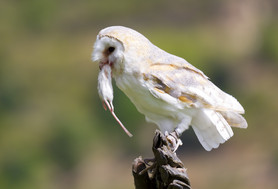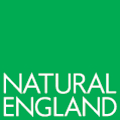Submitted by PBMS Admin on
The sustained winter conditions in the 1st quarter of this year has meant the PBMS team has been busy with submissions.

Lee Walker, coordinator for the scheme tells us “To date we have received 227 birds that have died in 2018, with over a hundred of those being barn owls! We examine the carcasses of birds that have sadly died to tell us about trends and risks from pollution. Carcasses are sent in by members of the public - anyone can be a citizen scientist and help the PBMS in this way. There are peaks and troughs in submissions; most birds are sent in around autumn and late winter/early spring. However this year submissions in January through March have been particularly high. We would still like to continue to receive birds through the rest of the year. This is because we like to ensure that the samples we use for our chemical monitoring are spread evenly throughout the year, and across age and sex classes.”
Samples from barn owls are used in our monitoring of second generation anticoagulant rodenticides, the latest result of which for 2016 birds can be downloaded from our website: Second generation anticoagulant rodenticide residues in barn owls 2016. This monitoring is funded by the Campaign for Responsible Rodenticide Use.






